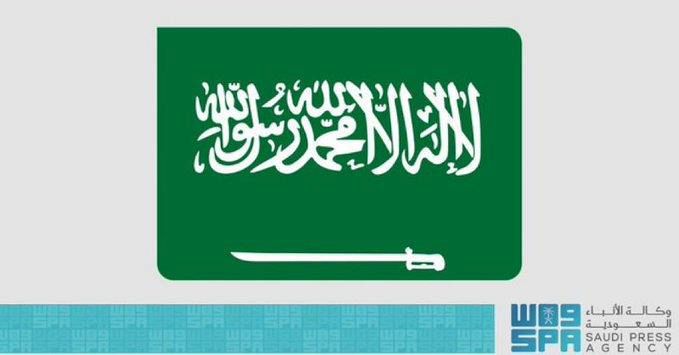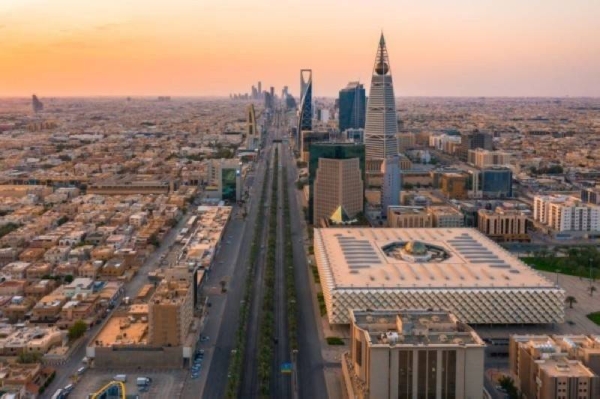
Riyadh, Jan. 17, 2022, SPA -- The IHS Markit index has expected the Saudi economy to record the highest growth levels among the G-20 countries at 11.1% during the last quarter of 2021, a wide gap of about 4.5% from its nearest competitor: Italy. The achievement reflects the efficiency of the economic reforms taken by the Kingdom since the launch of its Vision 2030.
These positive figures come in light of the unlimited support and direct supervision His Royal Highness Prince Mohammed bin Salman bin Abdulaziz, Crown Prince, Deputy Prime Minister, who is also Chairman of the Council of Economic Affairs and Development, extends to the Vision 2030 programs, demonstrating the strength and efficiency of the economic reforms undertaken by the Kingdom since 2016. This had a great impact on overcoming the consequences of the Covid 19 pandemic with minimal damage despite sharp declines of oil prices, as the levels of growth of the Saudi economy come at a time when many countries, including major economies, are still struggling to overcome the repercussions imposed by the pandemic, which are no less than the effects of World War II.
The Saudi GDP growth rate reached 7% in the third quarter of 2021, the highest annual growth rate since 2012, reflecting the Kingdom's economic potentials for rapid recovery from the effects of the pandemic and the resumption of economic activities, and benefiting from the exceptional efforts adopted by the Saudi government while tackling the challenges of the pandemic and the stimulus measures provided for the national economy.
The Covid-19 pandemic left a significant economic impact on various vital sectors, especially the employment sector. Nevertheless, the results achieved by the Saudi economy were in contrast to that wave, as the pace of Saudi employment in the private sector hit its highest quarterly level ever, according to administrative records, reaching 90,000 during the fourth quarter of 2021.
As a result of the effectiveness of the Kingdom’s government policies in creating jobs for Saudis in the private sector, the number of Saudi workers in the private sector exceeded, for the first time ever, 1.9 million in December 2021. Meanwhile, the rate of women’s participation in the labor market continued to accelerate, bypassing the 2030 target as it reached 34.1% in the third quarter of 2021, due to the progress of the Kingdom’s social and economic reforms.
As a culmination of the Kingdom’s efforts to diversify the economy and reduce dependence on oil, the value of Saudi non-oil exports amounted to SR195 billion by the end of the third quarter of 2021, an increase of 33% compared to the previous year, at a time when the Kingdom was one of the best performing global economies during the pandemic where the decline in the GDP was very limited, with the Kingdom ranking sixth among the G20 countries when taking into consideration the non-oil activities as a determinant of economic performance in the Kingdom.
Observers and economic analysts expect the Saudi economy to continue to prosper, citing the budget surpluses for the first time since 2014, in addition to the expansion in the implementation of ambitious transformation plans and programs beyond 2022.
This economic boom and diversification of the economy will be achieved through several elements that will contribute to pumping more than SR12 trillion by 2030.
--SPA
23:52 LOCAL TIME 20:52 GMT
0039
www.spa.gov.sa/w1679586









